
A Sense of Doubt blog post #3159 - Fungus Fighting Climate Change
I love fungus.
https://science.slashdot.org/story/23/10/09/0438252/can-these-fungus-studying-scientists-make-the-planet-more-resilient-to-climate-change
Can These Fungus-Studying Scientists Make the Planet More Resilient to Climate Change? (msn.com)
The Washington Post believes their efforts "could help make the planet more resilient to climate change."When these underground fungi come together, they form sophisticated systems known as "mycorrhizal networks...." Mycorrhizal fungi often form mutually beneficial relationships with plants. They trade essential nutrients such as phosphorus and nitrogen in exchange for carbon, and act as an extended root system, allowing plants to access water they can't reach. These networks may also prove to be invaluable for transporting carbon underground, a study published in June found. About 13 gigatons of carbon fixed by vegetation — equivalent to about one-third of all carbon dioxide emissions from fossil fuels in one year — flows through underground fungi, according to an analysis of nearly 200 data sets.
In the steppe, these plant-fungal benefits may be short-lived, however. While deserts are a natural part of Kazakhstan's ecosystem, more than half of the country's vegetation and drylands is at risk of becoming desert as well. The main drivers are large-scale intensive agriculture and increasingly warm and dry temperatures brought by climate change.... Knowing what species of fungi live here is key to understanding how to protect them, said Bethan Manley, project officer at the Society for the Protection of Underground Networks who was on the expedition. It will help determine "where we might be able to have the most effective measures of not poisoning them with fungicides or not having harmful farming practices," she said.
How a few bags of dirt could help make the planet more resilient to climate change
ASTANA, Kazakhstan — A team of scientists loaded into a gray minivan in this capital city earlier this year and drove for hundreds of miles west through the Kazakh steppe — a vast region marked by endless open plains of grass, abandoned farms and flower-filled meadows.
It’s a desolate, semiarid landscape, but just a few inches below the ground may lie one of the most diverse fungi ecosystems on Earth.
Across much of the planet, thin, wildly interconnected filamentous structures — known as “mycelium” — hold the earth together. When these underground fungi come together, they form sophisticated systems known as “mycorrhizal networks.” The Kazakh steppe, which stretches from the north of the Caspian Sea to the Altai Mountains, is one of the largest dry steppes in the world and is predicted to have a wild diversity of mycorrhizal fungi. But as the region becomes increasingly desert-like, many of these fungi may disappear.
“There’s a time limit, 100 percent,” said Justin Stewart, an evolutionary ecologist who led the mapping expedition. “If we collect a sample when it’s already a desert, then we’ve already lost all that diversity.”
The Kazakhstan mission is part of a worldwide project led by the Society for the Protection of Underground Networks, or SPUN, a scientific research organization dedicated to mapping out underground fungi. The goal is to sample soil in 10,000 biodiversity hot spots across the world to create a global picture of what species of fungi exist and where.
The team identified these areas using a predictive map based on thousands of observations and environmental data. In it, the Kazakh steppe stood out because of its wide-ranging diversity of ecosystems. Understanding which mycorrhizal fungi survive in the harsh temperatures there may help scientists determine how these fungal communities might adapt to the climate crisis as droughts, fires and desertification become more prevalent.
The researchers chose three areas of the steppe, each with a different climate: They began in the southern deserts, then drove out west to an area dominated by vast grasslands, agricultural lands and meadows. They ended north, near the Russian border, where they entered a forest ecosystem.
At each site they took tens of samples by mapping out a grid with measuring tape, pounding a tube into the ground to extract the soil and storing this soil in a plastic bag for mixing. These samples may help scientists unlock secrets that could one day help ecosystems capture more carbon dioxide and restore soil health — as well as the trees, plants and animal life that rely on it.
The drylands
This stretch of the journey is an open area south of Astana. The soil is hard and dry, revealing deep cracks. Marmots dominate the lands, scuttling in and out of dens and grazing on the little tufts of remaining vegetation. A small lake lies in the middle of the field, but it has visibly receded under the scorching heat.
“This is super dry soil,” Stewart said. He hammers a metal tube into the ground to extract soil and pulls it out. He then uses the back of the hammer to try to release the earth into a plastic bag, unsuccessfully. “And because of that, it’s really hard to be able to get the soil out.”
Mycorrhizal fungi often form mutually beneficial relationships with plants. They trade essential nutrients such as phosphorus and nitrogen in exchange for carbon, and act as an extended root system, allowing plants to access water they can’t reach.
These networks may also prove to be invaluable for transporting carbon underground, a study published in June found. About 13 gigatons of carbon fixed by vegetation — equivalent to about one-third of all carbon dioxide emissions from fossil fuels in one year — flows through underground fungi, according to an analysis of nearly 200 data sets.
In the steppe, these plant-fungal benefits may be short-lived, however. While deserts are a natural part of Kazakhstan’s ecosystem, more than half of the country’s vegetation and drylands is at risk of becoming desert as well. The main drivers are large-scale intensive agriculture and increasingly warm and dry temperatures brought by climate change.
The problem extends beyond Kazakhstan. Since the 1980s, deserts have moved northward by about 100 kilometers in Central Asia, including Uzbekistan, Kyrgyzstan and northwestern China. “Those areas would be experiencing more frequent drought and also hotter temperatures,” said Steve Hu, a professor of earth and atmospheric sciences at University of Nebraska at Lincoln who led the study.
It’s unclear what will happen to fungi in these increasingly harsh temperatures. Some may adapt, experts say, but many will almost certainly die.
The grasslands
As the minivan moves northwest toward Kostanay, a city about 100 miles away from Russia’s southern border, the clay-red, barren landscapes give way to endless fields of grass. Herds of horses reared for meat consumption trot along the wide expanse while eagles circle the skies in search of prey.
For hundreds of years, the steppe was a region of nomadic herders. In the 1950s, under Soviet rule, the government mobilized thousands of young volunteers to produce as much grain as possible in order to alleviate food shortages, an initiative known as the virgin lands campaign.
The fields were extensively plowed, which degraded the soil, and were later abandoned because they were not productive. “It had an impact on vegetation, on steppe species — it’s now very fragmented in the northern part,” said Alyona Koshkina, a researcher at the Association for the Conservation of Biodiversity of Kazakhstan, a national conservation group.
The farming damaged the fungi networks, too, by ripping them out of the ground and stripping the soil of nutrients. The researchers hope the samples here give them more information on what kinds of fungi are able to survive in such unfavorable conditions, and compare it to other sites, such as forests and meadows.
Over the years, the fields have had time to slowly recover, but they face new threats. Since 2021, the Kazakh government has been working on a nine-year project to bolster the livestock sector in the steppe.
While grazing of the grasslands can help these ecosystems thrive, overgrazing may lead to further desertification, Koshkina said. To restore the steppe would mean winding back the clock to its pre-Soviet era, when the region was largely undisturbed or “pristine,” she said.
For some, that means bringing back predators that used to be in the region, including wolves and cheetahs that would hunt native saiga antelopes. But for others, such as Genevieve Stephens, project officer for the Royal Society for the Protection of Birds, restoration is less about replicating the past and more about ensuring specific ecological functions of the region are met, for instance by carefully introducing new wildlife, predators or grazers.
Either way, conservationists agree that the health of aboveground vegetation is inextricably linked to that of below-ground biodiversity. As such, mycorrhizal fungi may play an important role in shaping the steppe’s future.
The forest
As the minivan trudges along to its final sampling spot for the day, it rocks and sways over mounds and meadows. The team is now around 1,200 miles north of the brittle landscapes it started on and has reached a much richer, more plentiful region of the steppe.
Here the ecosystem is marked by islands of trees among vast expanses of grasslands. The scientists suspect mycorrhizal fungi are faring much better in these conditions.
Knowing what species of fungi live here is key to understanding how to protect them, said Bethan Manley, project officer at SPUN who was on the expedition. It will help determine “where we might be able to have the most effective measures of not poisoning them with fungicides or not having harmful farming practices,” she said.
To date, only about 650 of the 2.2 million to 3.8 million species of fungi on Earth have been evaluated by the International Union for Conservation of Nature’s Red List of Threatened Species. Of these, about half are considered threatened.
Studying the steppe’s fungi could help scientists figure out whether they could thrive in other, similar climates. One way to test this would be via inoculation. If, for instance, SPUN’s work revealed that pristine steppes had higher mycorrhizal diversity compared with more degraded land, those same fungi could be transferred elsewhere to test whether they improve soil quality, said Mark Day, head of the Kazakh steppe conservation program at the RSPB, a U.K.-based conservation charity.
“It does beg the question: Could we use mycorrhizal inoculation of some kind to boost and quicken or strengthen the ecosystem restoration of previously degraded steppe grassland?” he said.
To date, only small, experimental studies of this kind have been conducted, and the results have been mixed, Stewart said. Whether such a method is transferrable and scalable to the Kazakh steppe — given its gargantuan size and ecological niche — is also unclear, but worthy of further study, he added.
What’s clear is that fungi play countless ecological roles underground — many of which help aboveground life to thrive.
At the final camping destination, the soil is still arid, but a thick carpet of feather grass reaches the researchers’ knees. The top of the grasses shimmer under the light as the sun begins to set. Pine trees tower around the team as swarms of feisty mosquitoes, flies and tiny grasshoppers notice their presence. This area of the steppe is neither desert nor pristine.
“This place is gorgeous. It’s absolutely beautiful,” Stewart said.
+++++++++++++++++++++++++++++++++++++++++++++++++++++++++++++++++++++++
+++++++++++++++++++++++++++++++++++++++++++++++++++++++++++++++++++++++
- Bloggery committed by chris tower - 2310.12 - 10:10
- Days ago = 3023 days ago

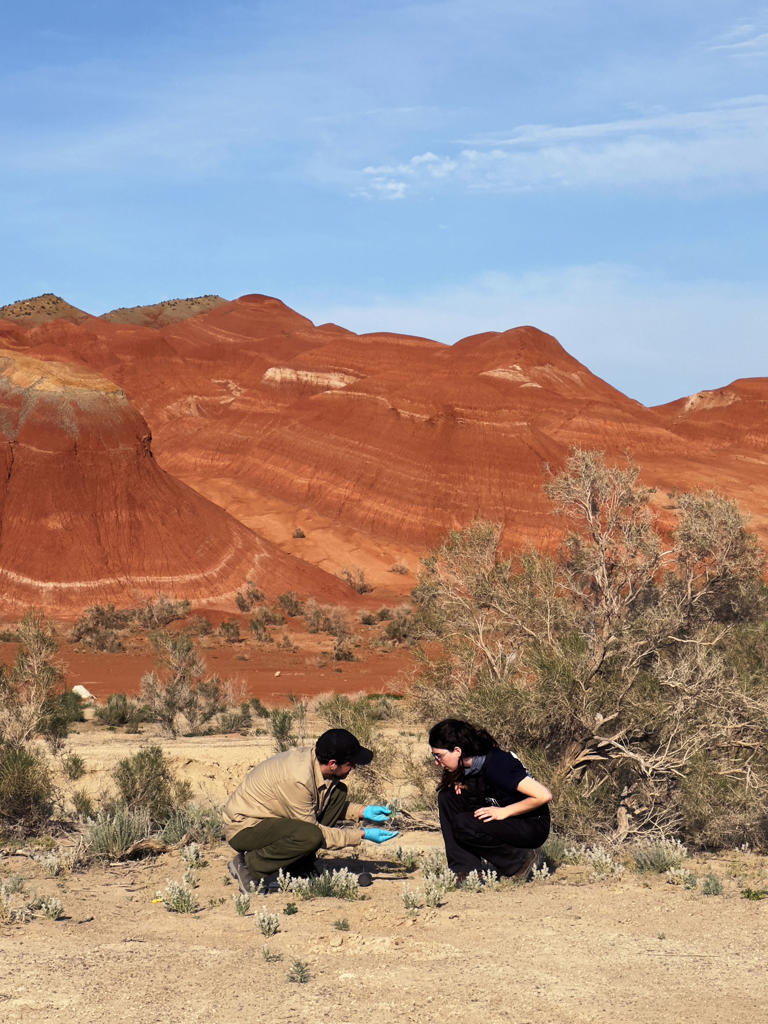

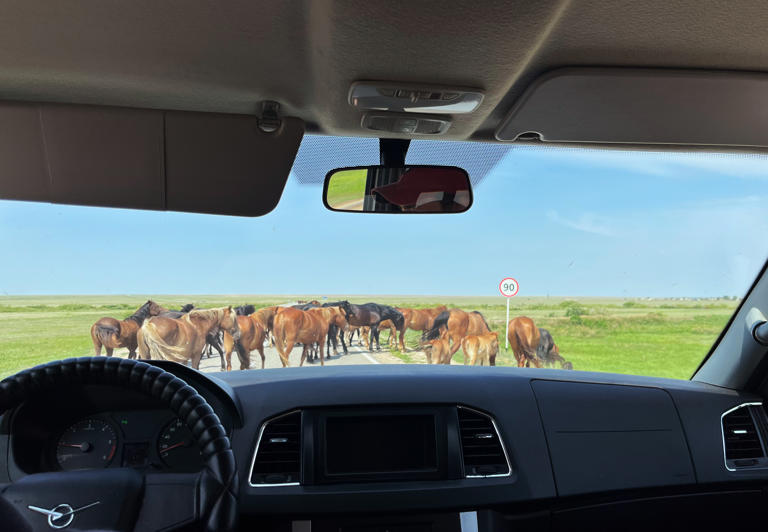

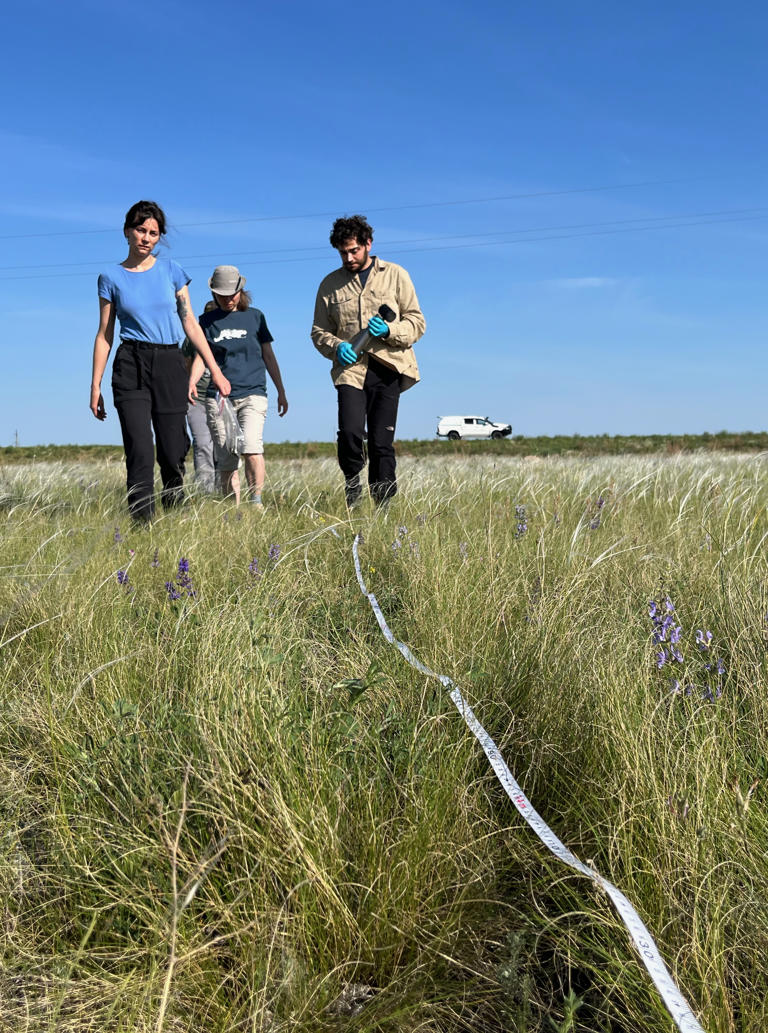
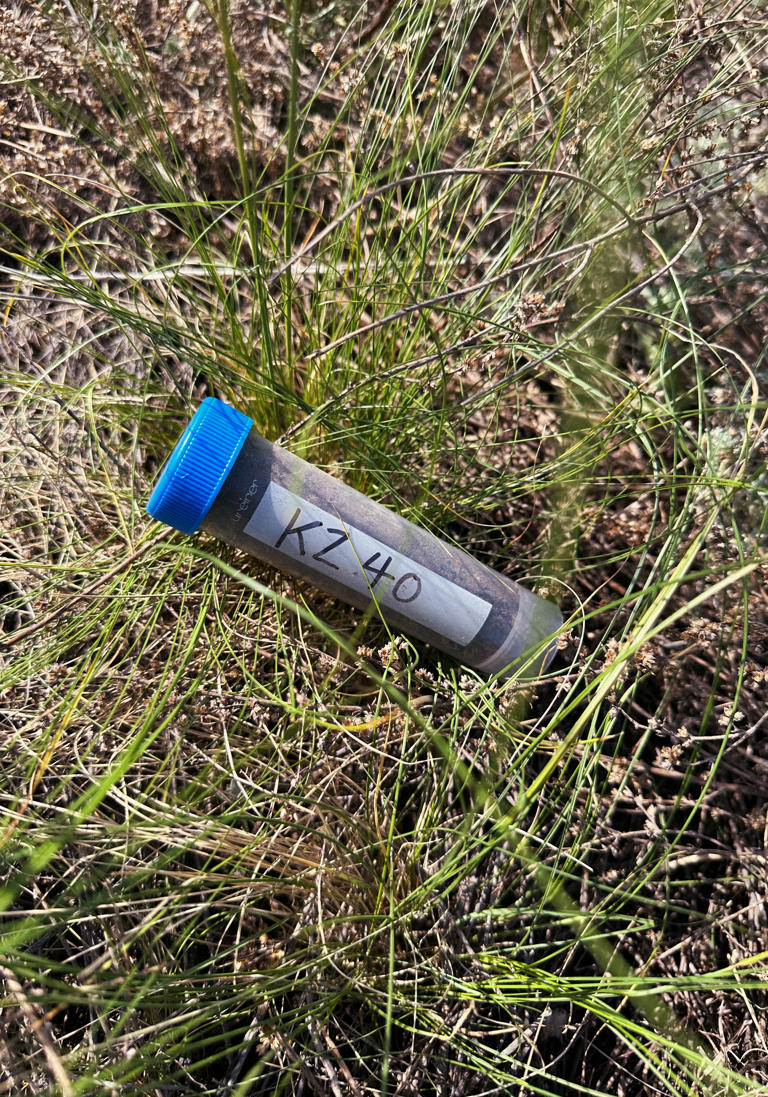
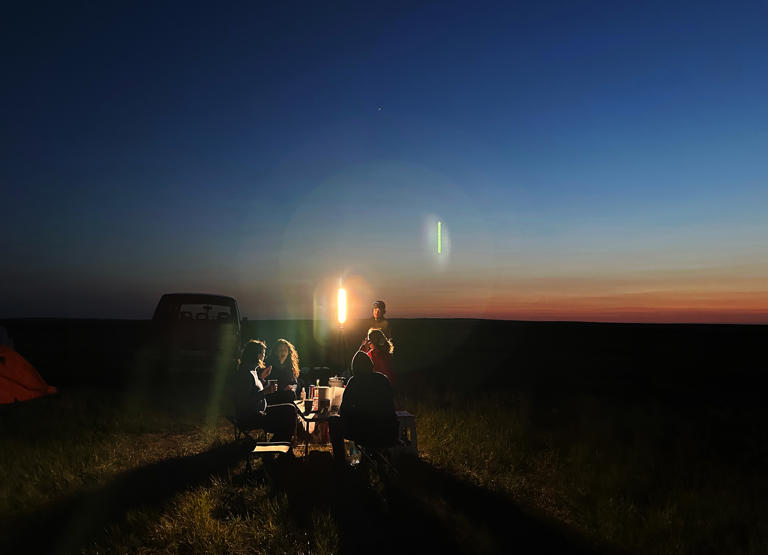
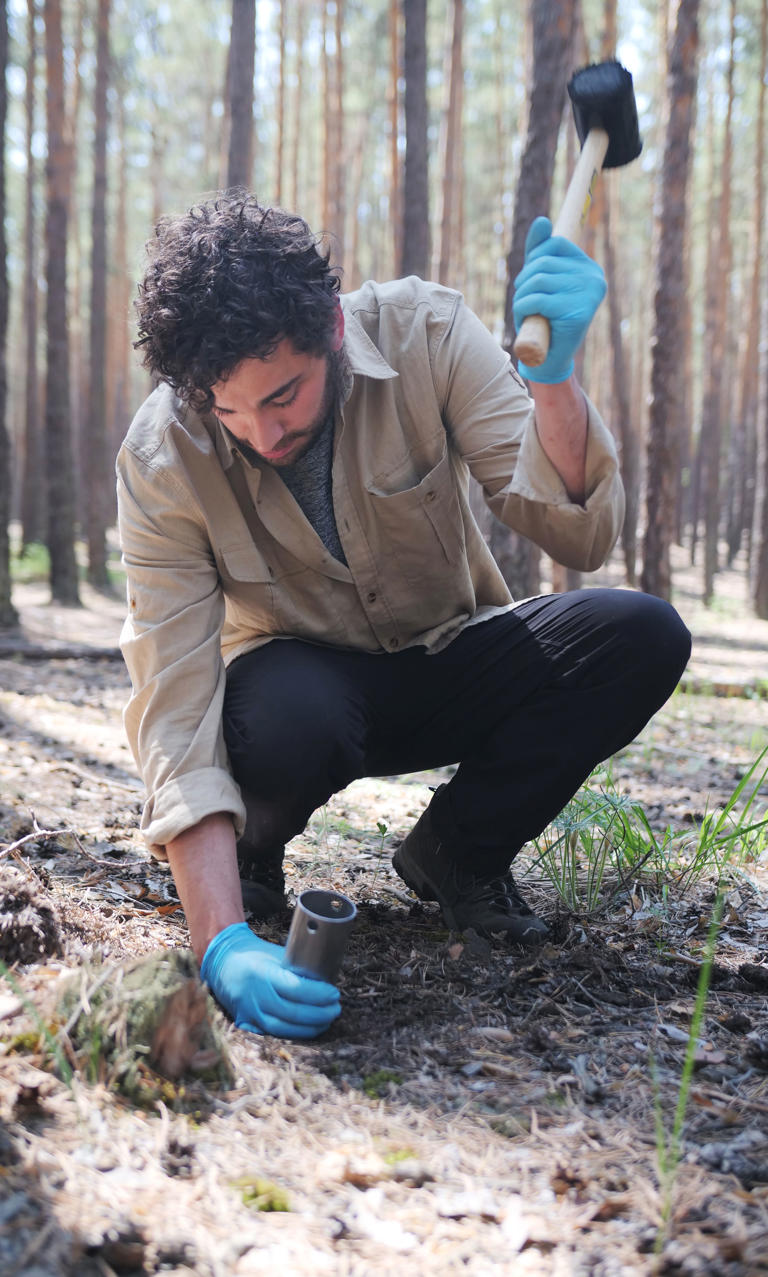
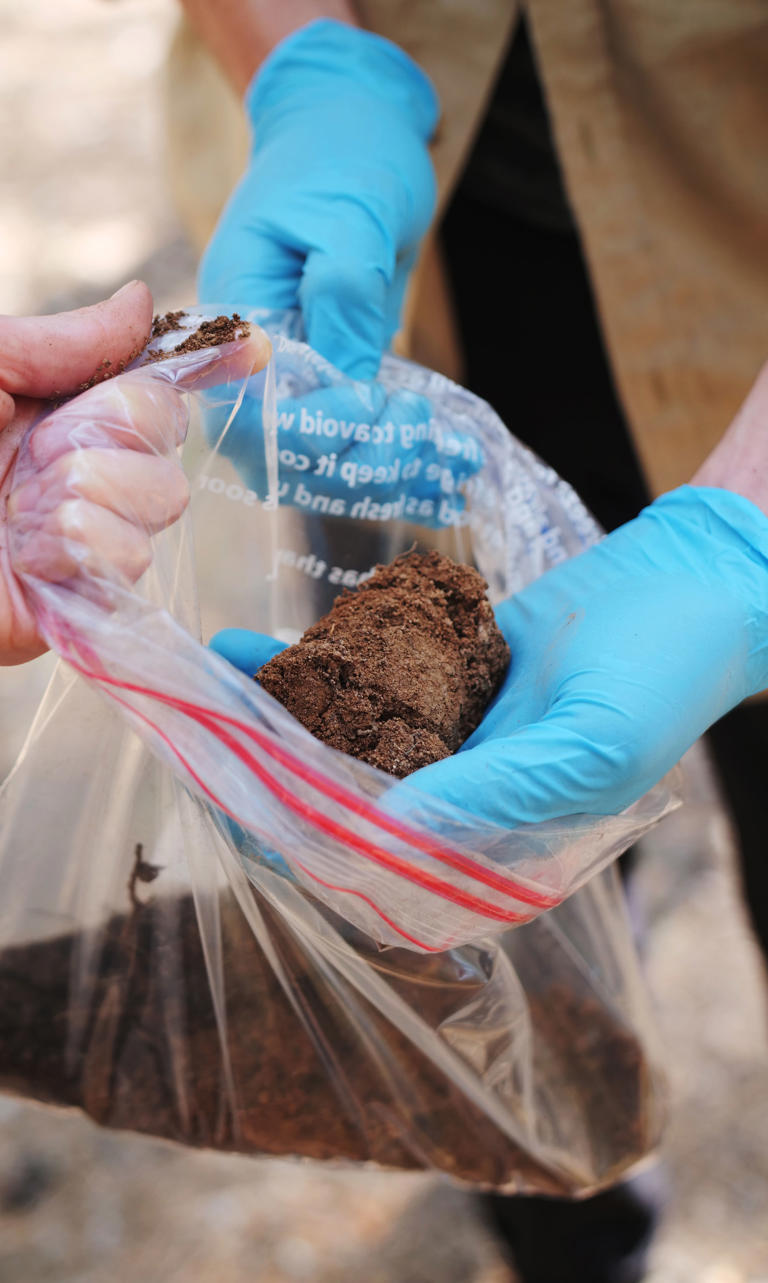
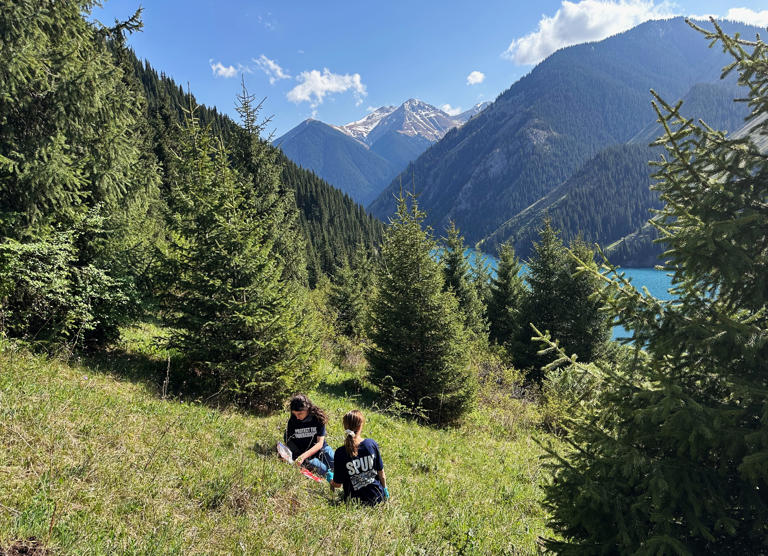
No comments:
Post a Comment